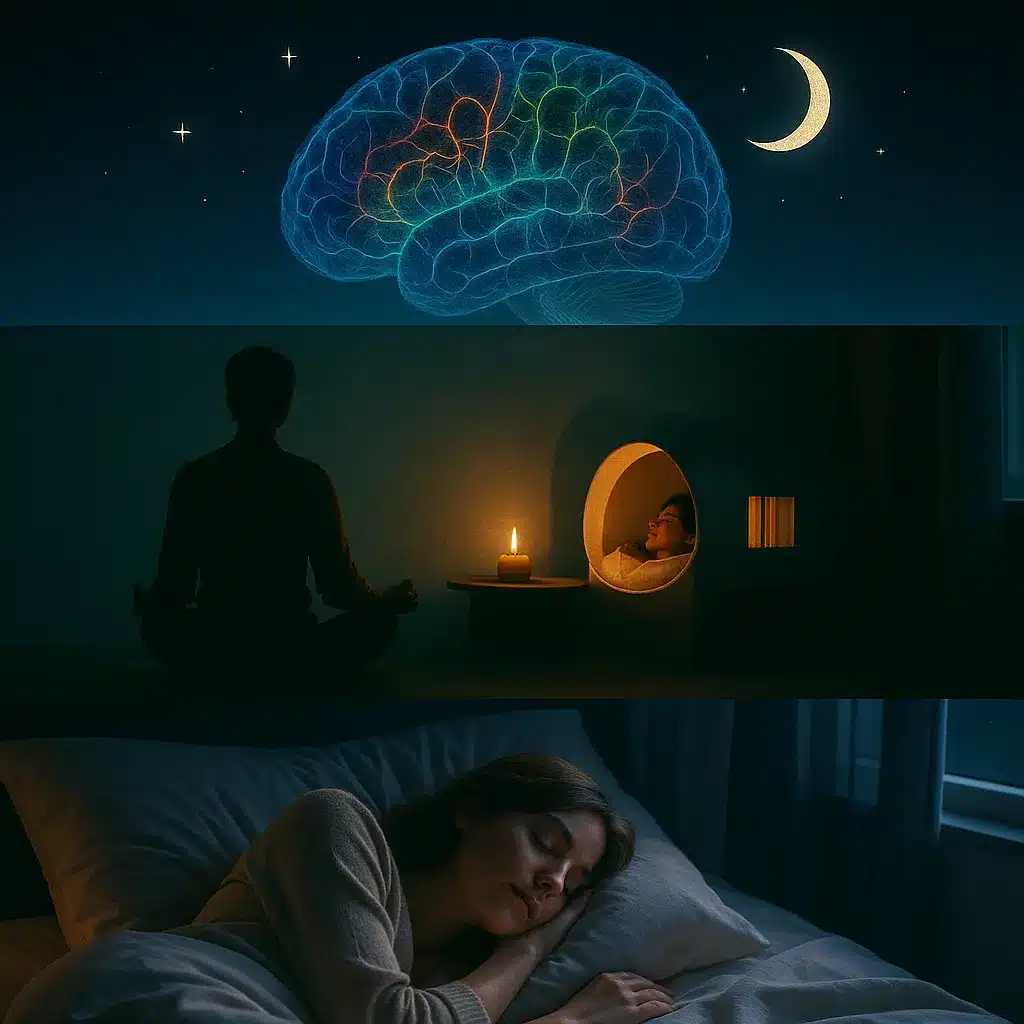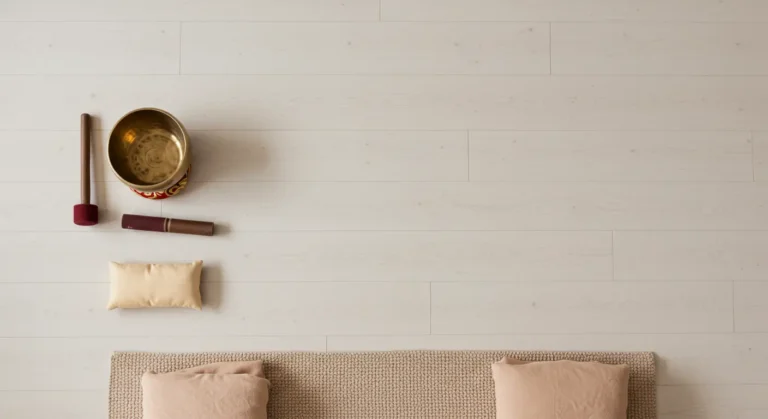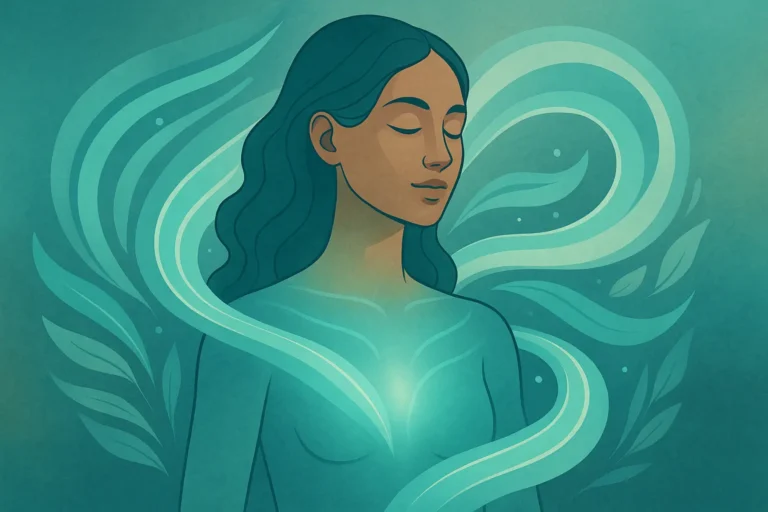Not all adventures are loud.
Some begin with closing your eyes.
In 2025, a quiet revolution is taking place in the world of travel. One where the goal isn’t adrenaline or productivity — it’s restoration. And its name is deep rest.
The world is building sleep sanctuaries — havens designed not for entertainment, but for exhale. These are places where pillows matter more than pool views, and silence is the main event.
We are no longer trying to do more.
We are learning to feel more — by doing nothing at all.

The Rise of Sleep Tourism — From Trend to Wellness Standard
What once seemed indulgent is now essential.
Sleep tourism has emerged from the shadows of spa culture and claimed its own space. Hotels, retreats, and even airlines are rebranding with rest in mind:
- Airbnb tags like “restorative stay” and “circadian-supportive”
- Luxury hotels offering nap concierges, sleep butlers, and circadian lighting
- Digital detox lodges with zero screens and forest-synced rhythms
- Nap cafés rising in popularity from Tokyo to Toronto
Google Trends shows searches for “sleep retreat 2025” and “rest-focused travel” have doubled since last year.
Rest isn’t lazy.
It’s luminous.

Where the Tired Go to Heal — Global Sleep Sanctuaries to Know
🌲 Sweden’s Treehotel (Harads) – Powered by silence and starlight.
🇯🇵 Shinjuku Nap Pods – Breathing sessions and binaural beats in Tokyo.
🇵🇹 The Slow Farm – Digital-free sun-synced rhythms in Portugal.
🇮🇸 Ion Adventure Hotel – Geothermal baths under auroras in Iceland.
🇺🇸 Troutbeck Residency – Personalized deep-rest protocols in Upstate NY.

What Deep Rest Does to the Body, Brain, and Soul
Brain: During slow-wave sleep, the brain detoxes and rebuilds neural strength.
Body: Hormonal balance, immune repair, inflammation reset — all depend on rest.
Soul: Rest is spiritual surrender. Sanctuaries invite us to not just nap, but to let go.
How to Create Your Own Sleep Sanctuary — Anywhere
- Block the blue – Amber lighting, no screens before bed
- Bring the forest inside – Pine, cedarwood, lavender oils
- Downshift your brain – Yoga nidra, long exhales, binaural tones
- Silence the noise – Soundproofing or white noise
- Establish a ritual – Book, candle, tea. Repeat nightly.
FAQ
Q: What’s the difference between sleep and deep rest?
A: You can sleep without resting. Deep rest is full-system surrender.
Q: Can this help with burnout?
A: Yes — especially when combined with nature, silence, and disconnection.
Q: Is it expensive?
A: Some of the best rest happens in a tent with rain on canvas.
Close your laptop.
Turn your phone to moon mode.
Let yourself soften.
This is your invitation — not to escape the world, but to sleep beautifully within it.




